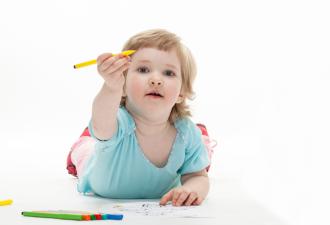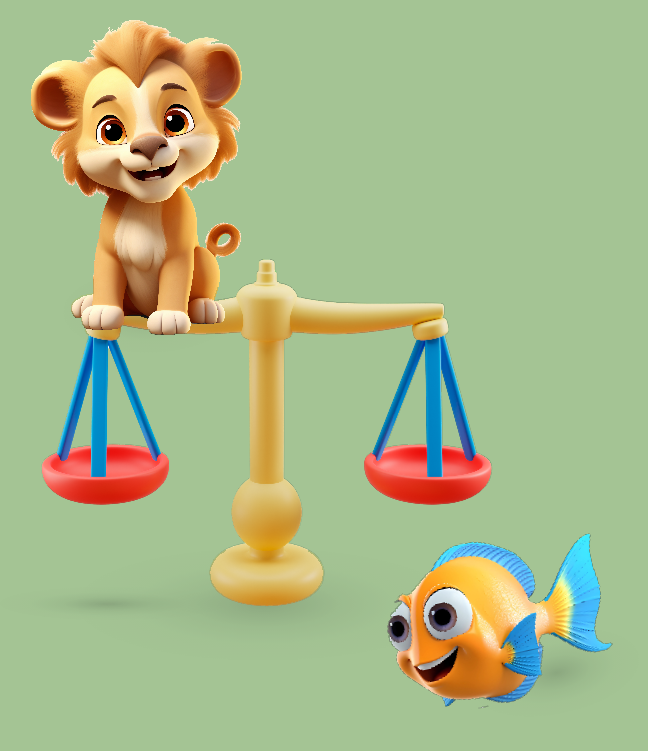
12th to 18th month of development
What your child can do by its 1½ year of life:
• At the age of one, most children have tripled their weight and have grown about 25 cm taller. In the following year big changes will take place in its body. These changes and especially on its feet, will make it easier for the child to stand and walk.
• Its bones become harder and its muscles grow, to the point of supporting the child to stand up and walk.
• It explores everything around it, touches, grasps, pulls, pushes anything it sees and can reach.
• It enjoys physical contact, such as hugs.
• At the age of 15 months it can walk quite well.
• It sleeps through the night.
• It has sudden emotional mood swings. From cheerful, it can become sad or angry.
• It is afraid of strangers.
• It shows its soft spot and attachment to its parents.
• It reacts when its parents leave (e.g. when they leave for work) and clings on them when they return.
• It can walk fairly well, but often falls when trying to run fast.
• It climbs on relatively low furniture.
• It pushes a toy to one direction, for example a train.
• It can carefully place a brick upon another.
• It starts writing with markers.
• It listens to what you say and can follow simple orders such as: “Do not go there”.
• It can follow simple instructions such as: “Bring your shoes”.
• It can identify familiar objects when you name them, such as: “Show me the ball” or “where is your glass”?
• It uses about 6 words, apart from “Mum” and “Dad”, which may not be pronounced well, but can easily be recognized by it mother or brother/sister and explain them to others.
• It walks. Some children can walk before their first birthday, while others take their time and may walk half a year later. All healthy children and can walk without support by the time they are 18 months. At this age your child can run and even take steps backwards for fun. It can even climb stairs with the help of an adult.
• Some children at the age of 18 months may be able to form a two-words sentence, although this is considered an achievement of a 2-year-old child.
• It can imitate animal sounds.
• It identifies objects by their name.
• It uses a spoon and fork when eating.
Attention! All children are different and each one has its own rhythm. The stages of development as described are based on the average. Do not worry if your child deviates from this average. If however you do notice something worrying in its development, contact your pediatrician.
Source
http://www.babyzone.gr





